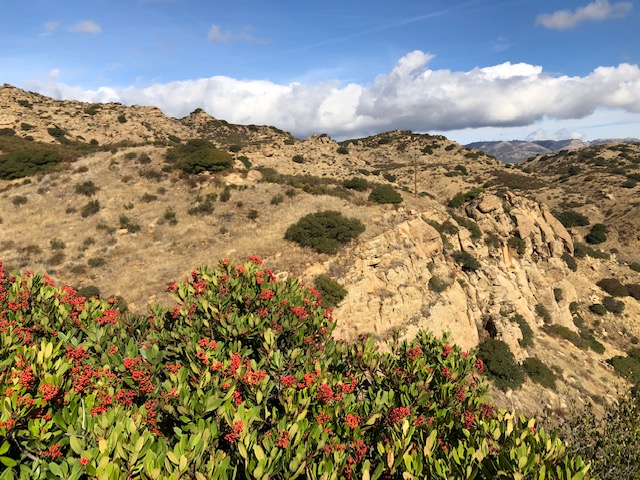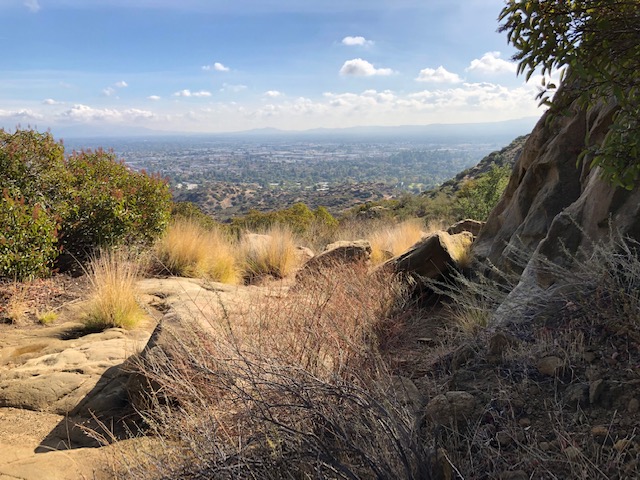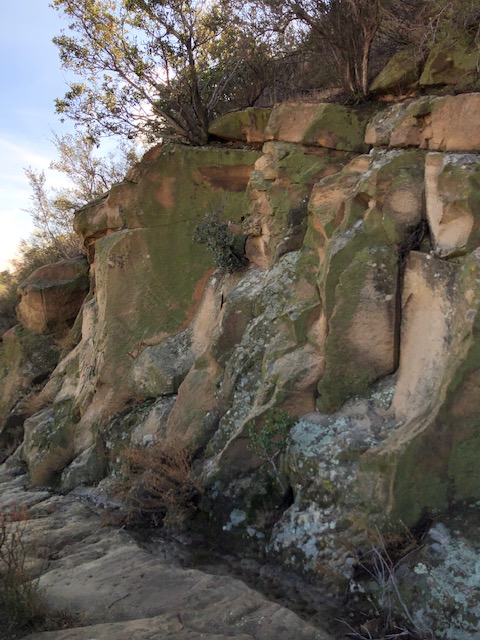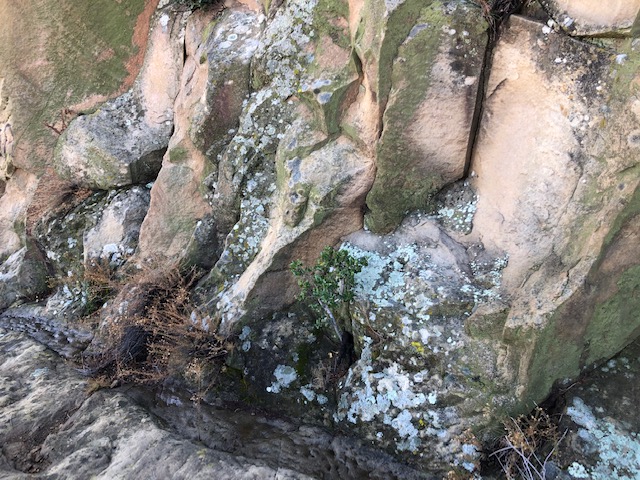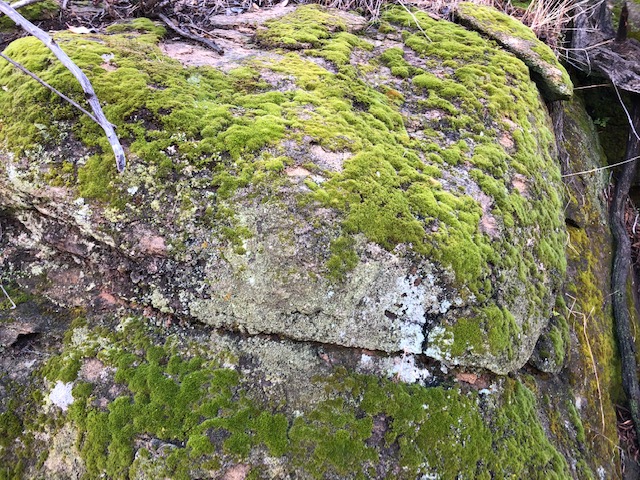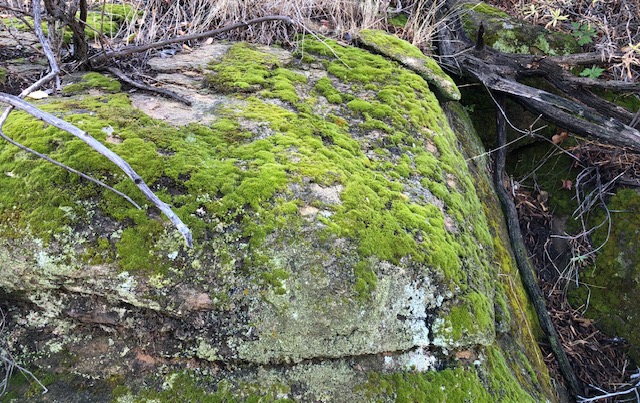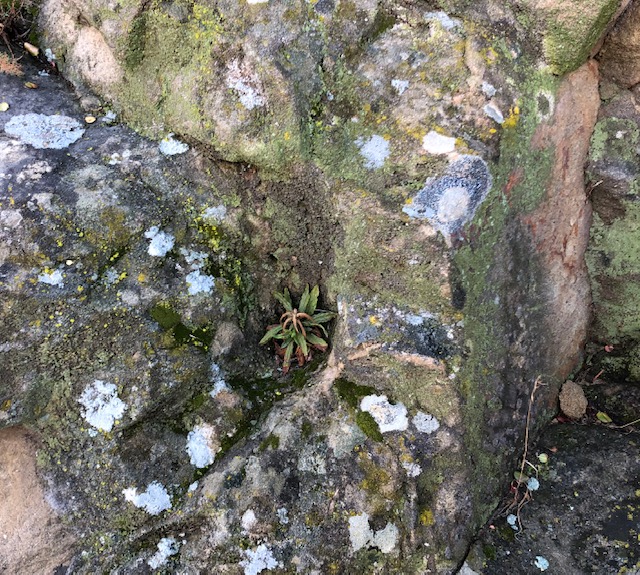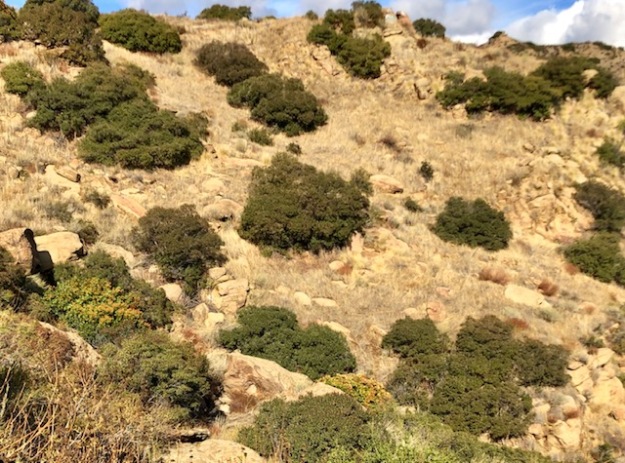

“The Central Valley once contained one of the largest expanses of stream-side forest and wetland habitat in North America. Along with cottonwoods, willows, ash, and other flood-resistant trees, great forests of valley oaks studded its fertile floodplains. But the rich river-bottom soil that nourished the oaks was also coveted by private farmers who cleared most of the land. Today, only tiny remnants of these magnificent oak groves are to be found in the Central Valley. Along the lower Cosumnes, small but significant stands of valley oaks have survived. These groves cover some 1,500 acres, and along with the remaining riverside forests and wetlands, they provide habitat for the wildlife that still flourishes here.”
— http://www.cosumnes.org/about-the-preserve/
“The Cosumnes River Preserve is a project aiming to preserve 46,000 acres of this historic land in its natural state. We seek to protect and enhance the habitat within the Cosumnes River Preserve project area, including riparian forest, wetland, vernal pool grassland, oak woodland, riverine, marsh, and farm habitat, in order to preserve biodiversity and benefit declining, threatened, and endangered species of wildlife and plants. We attempt to accomplish this using a cooperative management approach by developing both short- and long-term integrated conservation and management projects, as well as supporting policies compatible with our goals. We believe that effective conservation integrates the preservation of natural lands as well as agricultural lands and practices.”
— http://www.cosumnes.org/about-the-preserve/
THE GOLDEN BOUGH
In addition to copious wasp galls, which are themselves a microcosmic biome, the Valley oaks and ashes host an astonishing range of epiphytes, parasites, fellow-travelers, mosses, lichens, and both overnight and long-term guests: mammals, birds, and insects. Most conspicuous and delightful, given the season, were mistletoes. Click below to learn about the mistletoe’s contribution to this rich habitat.
http://natural-history-journal.blogspot.com/2017/12/say-merry-christmas-with-californias.html














































